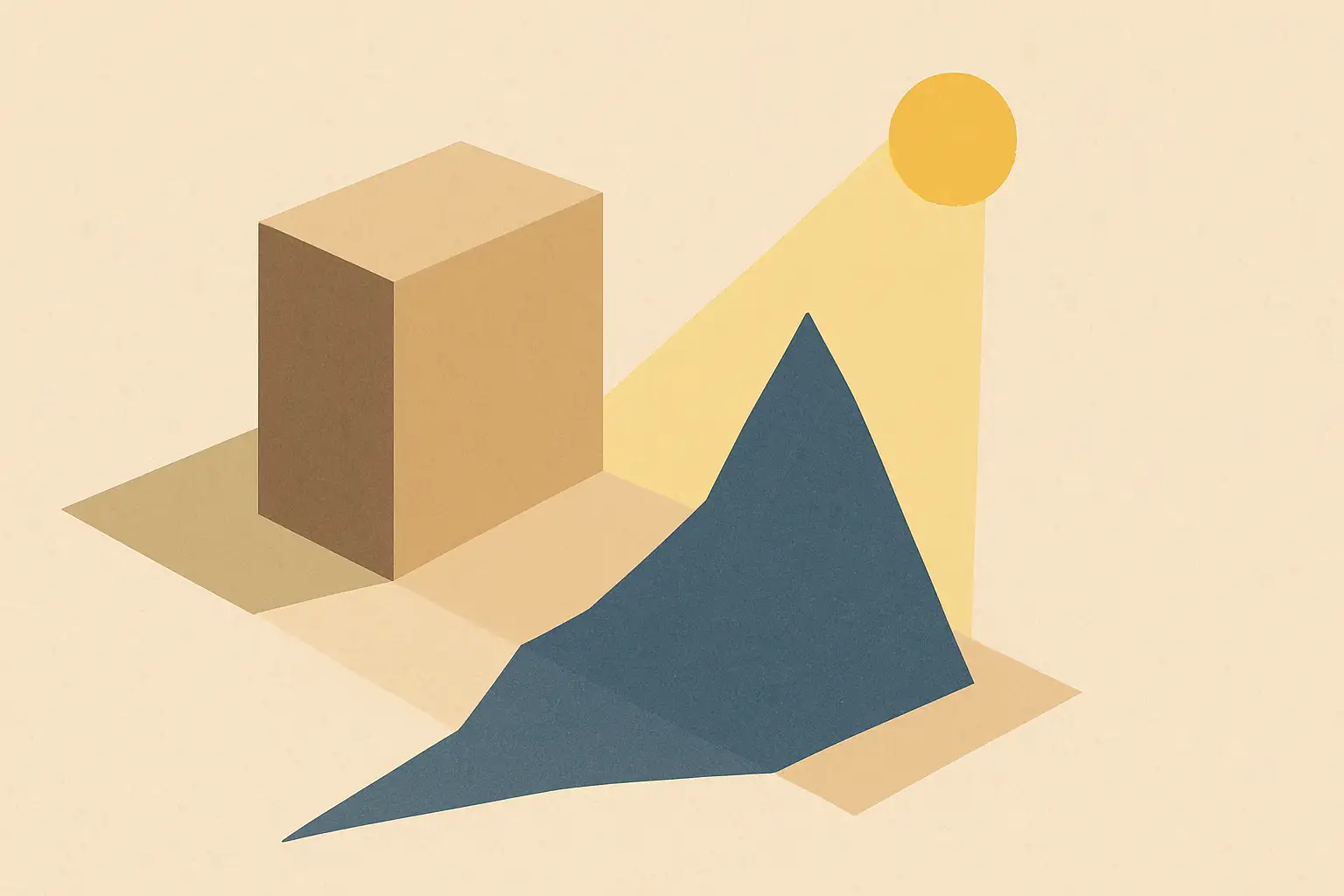Phenomenal Forms and Transcendental Shadows (4): Prior to Perception

Translated by AI
The way the world appears depends on how we choose to look at it. We have seen the shapes of mountains and the way they shift; we have doubted the truth of shadows and pondered the structures behind the projections. Those once unshakable “absolutes,” under the refinement of time and reflection, slowly loosen, transform, and eventually open into a broader realm of understanding.
It begins with a simple meme image of light and shadow, expands into the imagination of a four-dimensional world, and deepens into the realization that when you “see the mountain again, it is once more a mountain.” Step by step, we practice: changing positions, shifting angles, adopting new ways of seeing the world. When we understand the relationship between shadow and light source, we begin to see how perspective shapes what we call “fact.” And when we start questioning the powers, knowledge, and language behind our act of seeing, we realize that the realities we’ve long believed in are, in truth, merely one permitted version seen from a particular angle.
But the most important discovery is not found in books; it arrives in a moment of awakening: we are not merely passive recipients of the world—we are beings with the power to choose how we see. This is a kind of freedom, one that does not rely on external shapes but arises from within, where we determine the width and depth of our own vision.
Once, we saw only shadows. Now, we know that light exists.
So, in life, can we allow ourselves to rotate the light source a few more times, to see how the shadows change? When someone misunderstands us, can we hold back from immediately defending ourselves and instead ask, “If I were them, how would I see this?” When life’s path seems blocked, can we step back and notice another path right beside it? When we are convinced of a certain answer, can we pause and ask ourselves once more, “Are there other possibilities?”
We cannot change the essence of the world, but we can change the way we see it. We don’t have to become philosophers to practice shifting perspectives in our daily lives; we don’t need to master all knowledge to learn how to see from another’s viewpoint. Shifting our mindset won’t make the world easier, but it will free us from being trapped in the shadows, mistaking them for the whole.
Because we know: the shape of the shadow has never been the only answer.
We cannot change the essence of the world, but we can change the way we see it. We don’t have to become philosophers to practice shifting perspectives in our daily lives; we don’t need to master all knowledge to learn how to see from another’s viewpoint. Shifting our mindset won’t make the world easier, but it will free us from being trapped in the shadows, mistaking them for the whole. Because we know: the shape of the shadow has never been the only answer.
This is not a game of intellect; it is a way of living—a way to make the heart softer, freer.









